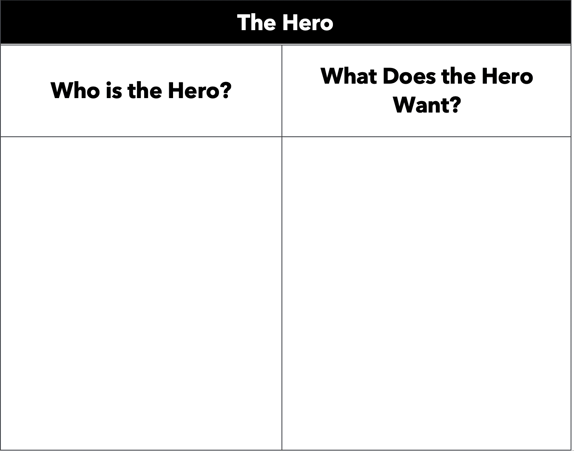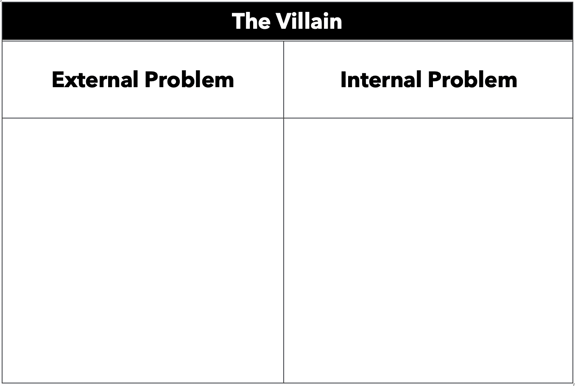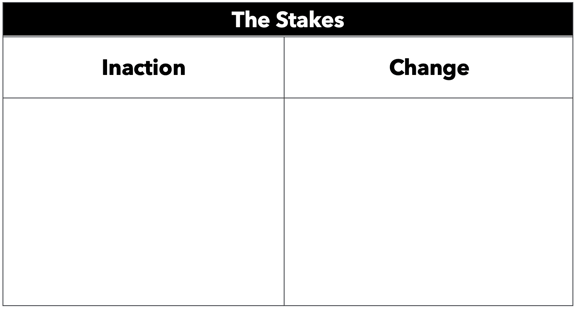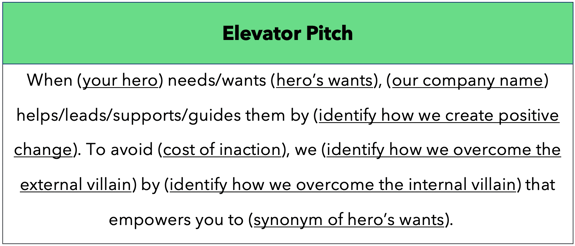
The “StoryBrand” Elevator Pitch
By Austin LaRoche, ATAK Interactive CEO
In the 11 Principles of Purposeful Marketing, we identify “Your customer is Luke Skywalker, you are Yoda.” This concept stems from the book, StoryBrand, by Donald Miller.
Miller notes that businesses often find themselves pressured to “tell your story.” The truth is, customers don’t have time to hear your story. Not only are they busy with their day-to-day life, but they are being saturated with advertisements everywhere they turn. Instead, he propositions: businesses that want to get traction with their marketing message should Invite prospects into a story where they are the hero.
A former screenwriter, Miller uses a framework that has been getting people’s attention for 1,000s of years.
A hero has a problem → He/She meets a guide that provides a plan → The guide calls the hero to action → Identifies that failure would be devastating → But the guide can navigate the hero to succeed.
…and scene.
StoryBrand uses countless movie examples to prove its point and showcases how businesses can take the concept and use it as a weapon to effectively communicate with their customers.
In Purposeful Marketing, we believe the best way to create an effective elevator pitch is to use Miller’s framework. An elevator pitch has two real objectives:
- Clearly communicating how your company can provide your customers with the transformation they seek.
- Unifying a simple and clear message for everyone on your team to use when asked, “what does (your company) do?”
To develop a StoryBrand elevator pitch, we start by identifying three important elements:
- The Hero
- The Villain
- The Stakes
Let’s break each of these down:
Who is your hero and what does he/she want?
One of the problems companies face is their marketing message not being focused enough to resonate with the target audience. When you break down what consumers want, and identify what your business can fulfill, the list of possibilities might look something like:
- We can help you save money
- We can help you make money
- We can save you time
- We can increase your status
- We can connect you with others
“But what if my company can do ALL of these things?”
See, I knew you’d ask that question. Of course, many companies can fulfill multiple wants from a customer. However, the point of building a focused elevator pitch is sticking to the highest-priority want.
Now even if these five wants are common, you need to make them specific to your industry. Let’s use an example.
An Employment Law Firm, Dee Fends & Associates works with businesses when past employees sue. They would identify that their hero would want to save money.
However, this is where we need to be more specific and identify
A. Their hero is a business owner with over 10 employees and
B. Their hero wants to have his/her HR iron tight to avoid future legal problems.
Obviously, avoiding legal disputes will save you money, but being specific helps you frame a more poignant message.
Understanding who the hero is and what they want is step one in figuring out our message.
The Villain – Who or What is opposing the hero from getting what he or she wants?
My favorite part of Storybrand is how they break down the difference between external and internal problems, both of which serve as villains to your customers.
Miller uses the company CarMax to illustrate this point. When CarMax looks at its hero, they see that he/she has a very simple external problem: they need a new car. However, the company became the largest used auto dealer in America because they recognized an internal problem many consumers faced: they hated the car buying experience because of the negotiation process. They built a business on selling cars at “sticker price only” and making the buying experience feel less pressured for people.
Businesses are great at identifying external problems. Accountants know people need help to file their taxes. Gas stations know people need gas to fill up their cars. And car dealers know that every few years, people need to get a new car.
However, identifying the internal struggle is what helps companies tap into factors that their competitors may not be addressing.
Let’s go back to our friends at Dee Fends & Associates. It’s easy for the firm to recognize that their company’s external problem is they need help when a past or current employee brings on a legal complaint. They know they need their HR to be tighter and to be more proactive so fewer legal situations come to fruition. But it seems like way too big of a job, and when you’re dealing with lawyers who range from $300 – $800/hr, time and money fears make straightening up HR fall down on the priority list until it’s too late.
This is an opportunity for Dee Fends & Associates to identify that this internal struggle is a fear of time and money being too much to invest in, even if they know change is needed. Additionally, building a company culture that is founded in following rules and the law is not something every company knows how to do.
The Stakes
When your customer considers buying from you, it’s a sliding doors moment. Behind door 1 is inaction. Inaction is safe. It’s staying put. The status quo.
Door 2 is change. Door 2 is where they can go if they want you to guide them to the place they wish to be.
With good messaging, companies can identify very clearly what’s behind both doors to persuade the customer to “take the leap” and get to the promised land.
How does this look for Dee Fends & Associates?
Door #1 – Inaction
Not working with Dee Fends & Associates will continue to put the company at risk. Assuming you’ve got plans to grow your business, more people is probably going to mean more problems unless you consider employee contracts, sexual harassment seminars, and an updated company handbook. Things are only going to get worse and the cost of litigation can be immense before a verdict is ever reached.
Door #2 – Change
If you move forward with Dee Fends & Associates, then growing your business will become more streamlined and barrier-free. Working with us, we will develop a plan that can be adapted to your budget and financed over time to help you with cash flow. We will provide your team with training materials for all managerial levels and a weekly checklist of to-dos that will help you minimize risk.
These are the stakes. If you do nothing, you lose money and get sued. If you want to change, we will help you create an office that follows the law and keeps you out of trouble.
How Do We Put All of These Factors into an Elevator Pitch?
Great question!
While Miller illustrates how to build the story, he doesn’t have a pragmatic formula for a tagline or elevator pitch.
Lucky for him, I’ve grabbed the baton and made it easy for companies to develop their pitch with a classic game of Mad Libs:
When (your hero) needs/wants (hero’s wants), (our company name) helps/leads/supports/guides them by (identify how we create positive change). To avoid (cost of inaction), we (identify how we overcome the external villain) by (identify how we overcome the internal villain) that empowers you to (synonym of hero’s wants).
Let’s bring in a young paralegal from Dee Fends and Associates to tell us what their firm does…
When startups want to grow quickly and limit employee legal disputes, Dee Fends & Associates helps create a framework that minimizes risk and helps their team follow regulations properly. To avoid costly legal fees and litigation headaches, we limit future issues by providing a low-cost, culture-focused program that empowers you to increase your headcount without the fear of facing future claims.
Summary
Alright, to sum everything up.
Step One: The Hero

Step Two: The Villain

Step Three: The Stakes

Step Four: The Formula

Step Five: Unity!
Remember, having an elevator pitch serves two purposes – clarity and unity. With your message clear, make sure your team buys in and begins to recite the pitch word-for-word.
When an organization can communicate effectively as a team, this consistency will help ensure that the message resonates with its target audience.
Related Posts

8 Best Digital Marketing Strategies for Small Business Owners
Digital marketing has become a crucial aspect of every business, and a well-planned digital marketing strategy can help companies achieve their online…

The 5 Biggest Alignment Challenges Facing Marketing & Sales Teams
There’s a reason why talk about marketing and sales team alignment is all the rage right now. It’s the basis of so many important and emergent marketing…

The Courage It Takes to Write With A Point-of-View
Taking a stand and writing with a point-of-view takes courage. For today’s B2B Marketing Agency Insights, CEO Austin LaRoche discusses why standing by…